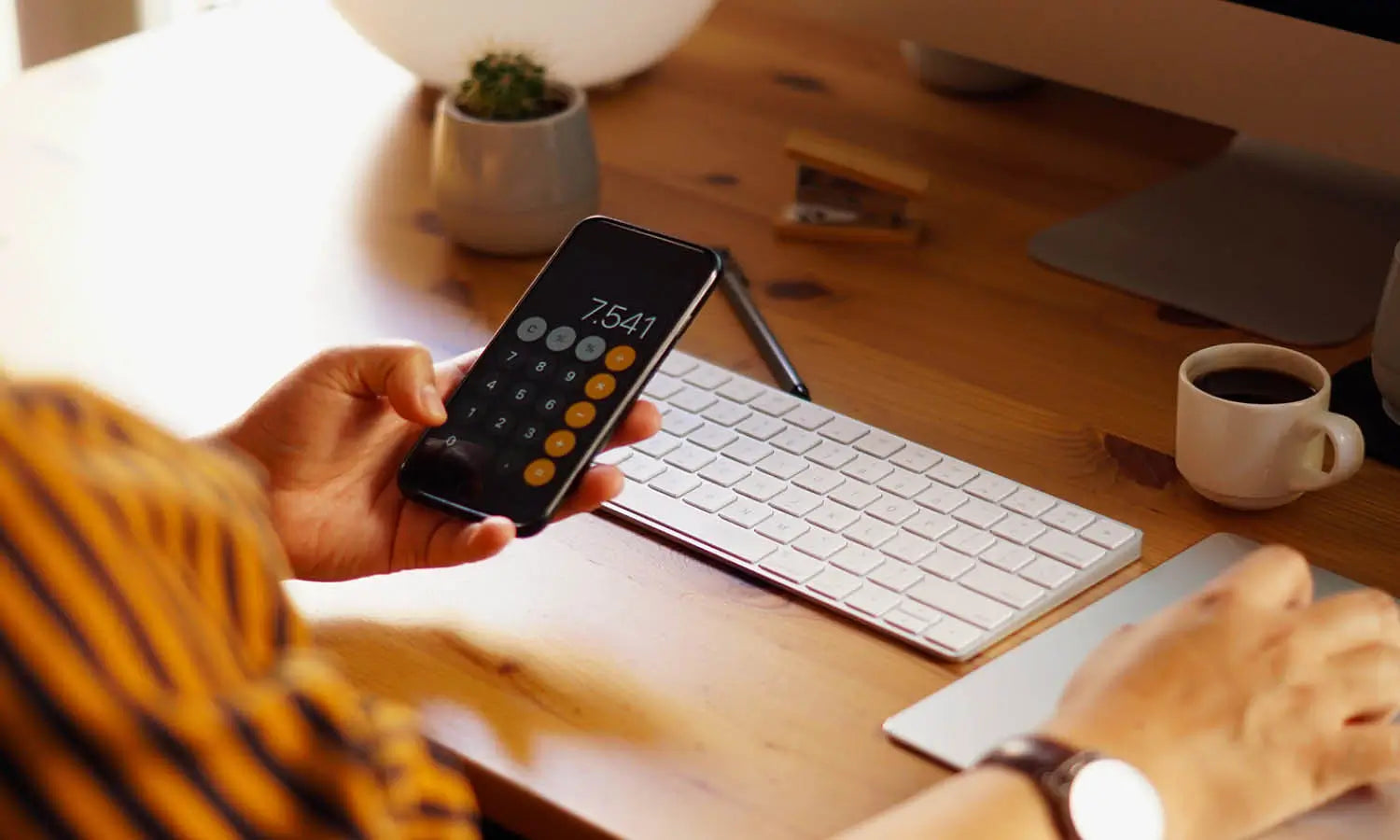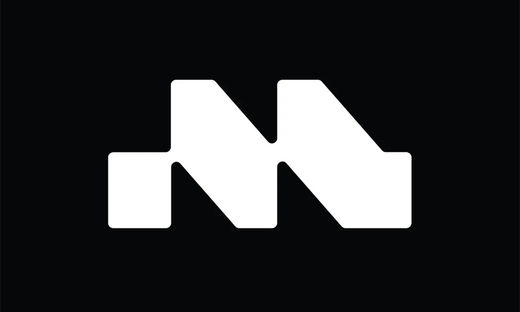How To Set A Proper Logo Design Rates

Setting the right rates for logo design services is pivotal not only for the sustainability of your design business but also for the satisfaction of your clients. As a professional designer, it’s essential to strike a balance that reflects the value of your creative work, accommodates market demands, and respects the financial expectations of your clients. Whether you're just starting out or looking to revise your existing pricing structure, understanding how to effectively set your rates can significantly impact your professional success.
Logo design, as a crucial element of a company's brand identity, carries immense responsibility. The rates you set must therefore justify the creative effort and strategic thinking involved in developing a logo that perfectly encapsulates a brand’s essence. This involves considering several factors, from the complexity of the design to the commercial value it is expected to add to the client's business. By aligning your pricing strategies with industry standards while keeping client perspectives in mind, you can establish a fee structure that is both fair and competitive, ensuring your design services are rightly valued in the market.
Understand Your Market
One of the first steps in determining appropriate rates for logo design is to thoroughly understand your target market. This involves researching who your potential clients are, what type of businesses they operate, and the economic environment in which they function. As a professional designer, you should gather data on the prevailing rates for logo design within your niche and geographical area. This will give you a competitive edge and help you to set prices that are attractive to your target audience while still being profitable.
Examine the services offered by competitors, including their pricing structures and the packages they provide. Are they offering flat rates or charging by the hour? What additional services do they include that justify their pricing? Understanding these factors will help you identify where you can add value and differentiate your offerings. Consider conducting surveys or interviews with potential clients to get direct feedback on what they expect and are willing to pay for logo design services.
This market intelligence is crucial for setting rates that meet client expectations and align with industry standards, ensuring that your logo design services are both competitive and fair.
Assess Your Skill Level
Setting rates for logo design services also requires an honest assessment of your own skills and experience. As a professional designer, your rates should reflect your proficiency, specialization, and the quality of work you deliver. Beginners or those with less experience in logo design might start with lower rates to attract clients and build a portfolio, whereas more seasoned designers can charge premium rates based on their established reputation and proven track record.
Evaluate your technical abilities, creativity, and the complexity of the logo designs you are capable of creating. Also, consider the results you’ve achieved for past clients, such as increased brand recognition or sales, which can serve as justifiable reasons for higher rates. Developing a detailed portfolio showcasing your work will help potential clients understand the level of skill you bring to the table.
It's important to continuously invest in professional development, staying updated with the latest design trends and software, and refining your skills through courses and workshops. By advancing your expertise, you can justify increasing your rates over time while ensuring you deliver exceptional value to your clients. This approach not only helps in setting a fair price for your services but also enhances your reputation as a skilled and reliable logo designer.
Factor in Complexity
When setting rates for logo design, it's crucial to consider the complexity of the project. Complex designs require a significant amount of time, creativity, and technical skill, which should be reflected in the pricing. As a professional designer, evaluate the intricacies involved in each project, such as the number of initial concepts, the variety of color schemes, and the level of detail required.
Logo complexity can range from a simple text-based design to an intricate emblem with multiple elements and custom illustrations. More complex logos not only consume more resources but also require a deeper understanding of brand identity and user engagement, which adds value to your service. To effectively factor in complexity, develop a framework that categorizes projects into different levels of difficulty and assigns a corresponding rate to each level.
Additionally, discuss with your clients their needs for scalability and versatility of the logo. A logo that needs to work across various mediums, like digital, print, and merchandise, may require additional formats or adaptations, influencing the complexity and the final price. By transparently communicating how complexity affects pricing, clients can appreciate the rationale behind your rates, ensuring a mutual understanding of the logo design's value and the effort involved.

Offer Different Pricing Tiers
Offering different pricing tiers is a strategic approach that can cater to a wide range of clients and projects. As a logo designer, establish distinct packages that can accommodate varying budgets and needs, making your services accessible to more clients while maximizing your revenue potential.
Basic, standard, and premium packages can be defined based on several factors, such as the number of design concepts, revisions, and final deliverables. For example, a basic package may include one logo concept with two revisions and digital files, suitable for clients with lower budgets or simpler needs. A standard package might offer three concepts with unlimited revisions, and a premium package could include extensive customization with additional branding materials like business cards and letterheads.
This tiered pricing structure not only makes your services more attractive across different client segments but also helps clients choose a package that best fits their specific requirements without compromising the quality of your work. Clearly outline the benefits and features of each tier, such as faster turnaround times, additional consultation hours, or post-launch support, to justify the varied pricing levels.
Implementing tiered pricing allows you to remain competitive and flexible, adapting to the market while ensuring each client receives value proportional to their investment. This method also encourages upgrades, as clients can see the tangible benefits of opting for higher-tier services.
Include Revision Policies
When establishing rates for logo design, it's critical to include clear revision policies in your pricing structure. Revisions are an integral part of the design process, allowing clients to refine the logo until it perfectly aligns with their vision and requirements. However, without clear boundaries, revision requests can become time-consuming and cost-inefficient.
As a professional designer, define how many revisions are included in each pricing tier. For example, a basic package might offer two rounds of revisions, while premium packages could provide more extensive opportunities for adjustments. Clearly state what constitutes a revision, distinguishing between minor tweaks and significant changes that might be considered additional work.
To manage expectations and maintain profitability, specify any additional costs for revisions beyond the included number. This approach ensures clients are aware of the potential extra charges and can plan their feedback accordingly. Including a detailed revision policy in your contract not only protects your time and resources but also encourages clients to be more decisive and prepared during the feedback process.
Account for Time Spent
Accurately accounting for the time spent on a logo design project is essential for setting fair and profitable rates. As a logo designer, your pricing should reflect the time you invest in each project, from initial consultations and concept development to final revisions and file preparation.
To effectively account for your time, track how many hours you spend on different phases of the design process. This tracking helps in setting either hourly rates or a flat fee that adequately compensates for your work. For projects with less predictable scopes, consider hourly billing to ensure you are paid for all the time you invest, especially when revisions or unexpected complexities arise.
When proposing rates based on time spent, communicate the value this approach brings to the client, such as a detailed breakdown of the work involved and assurances of thorough attention to their project. Also, consider setting minimum project fees to ensure that smaller jobs are still economically viable.
Offering an estimated range of hours for common types of logo design projects can also guide clients in understanding the potential cost and time commitment involved. By aligning your rates with the actual time and effort required, you ensure fairness and transparency in your pricing, which can enhance client trust and satisfaction. This strategy not only helps in justifying your rates but also highlights your professionalism and commitment to delivering high-quality work.
Incorporate Value-Based Pricing
Value-based pricing is a strategy where rates are set based on the perceived value of the logo to the client's business rather than solely on the time spent or the complexity involved. This pricing model aligns the designer’s fee with the impact the logo is expected to have on the client’s brand recognition, market positioning, and potential revenue increases.
As a professional designer, when incorporating value-based pricing, assess the strategic importance of the logo in the client’s branding and marketing initiatives. Discuss with the client how a well-designed logo can enhance their brand’s visibility and appeal, potentially leading to greater customer loyalty and sales conversions. This conversation helps in setting a price that reflects the logo’s contribution to business growth and success.
To successfully implement value-based pricing, you must be able to clearly communicate the return on investment (ROI) that your design can provide. This may involve presenting case studies or testimonials from past projects that demonstrate how your logos have helped other businesses achieve their branding and financial goals.
This approach not only justifies your rates but also positions you as a strategic partner rather than just a service provider. By focusing on the value delivered, you can often negotiate higher rates that are commensurate with the benefits the client is expected to receive, thereby aligning your interests with the success of your client’s brand.

Use Hourly Versus Flat Rates Wisely
Choosing between hourly and flat rates is a critical decision in logo design pricing that can significantly affect your business's profitability and client relationships. Hourly rates ensure you are compensated for all the time you invest in a project, making it a good choice for projects where the scope is undefined or likely to change. They provide transparency for the client, as they directly correlate the amount paid with the hours worked.
However, flat rates can be advantageous for projects with a well-defined scope or for routine tasks where you can predict the time commitment accurately. Flat rates give clients a clear understanding of the total cost upfront, which can simplify budgeting and reduce the need for constant oversight and approvals, thus speeding up the project timeline.
When deciding which pricing model to use, consider the nature of the project and the client’s preferences. Some clients may prefer the predictability of flat rates, while others might appreciate the apparent fairness of hourly billing. For larger projects, a hybrid model could be effective, combining a flat rate for the initial concept development followed by an hourly rate for additional revisions or extended scope.
Communicating the benefits and drawbacks of each pricing structure clearly to your clients helps in making an informed decision that suits both parties. By wisely choosing between hourly and flat rates, you can maintain a fair and transparent pricing strategy that aligns with the expectations and needs of your clients, thereby fostering trust and long-term relationships.
Highlight Your Unique Selling Proposition
In the competitive field of logo design, distinguishing yourself is crucial. Your Unique Selling Proposition (USP) represents the special attributes that set your services apart from others in the market. Highlighting your USP effectively can justify your rates and attract clients who value what you specifically offer.
When defining your USP, consider what you do differently—be it your innovative design process, your specialized expertise in certain industries, or your commitment to sustainable practices. Maybe your strength lies in your ability to translate complex brand identities into visually compelling logos, or perhaps you offer exceptionally fast turnarounds without compromising quality.
Communicate these unique qualities through your marketing materials, proposals, and client communications. Use examples and testimonials to demonstrate how these attributes have added value to previous projects. Your USP should resonate with your target audience’s needs and preferences, addressing their specific challenges and how your unique approach can solve them.
Stay Updated with Industry Standards
Keeping abreast of industry standards is essential for any professional logo designer. This practice ensures that your work remains relevant, innovative, and in line with what clients expect from a top-tier designer. Staying updated can influence your pricing structure, allowing you to adjust your rates based on the latest trends and technologies in logo design.
Regularly review publications, join design associations, participate in workshops, and engage with other professionals in the field. This continuous learning process will help you stay ahead of new software, techniques, and design trends. Additionally, understanding shifts in branding strategies and consumer preferences can guide you in creating logos that effectively communicate current and future branding messages.
Use this knowledge to refine your design process and offer services that are not only current but also predictive of future trends. For instance, if there’s a growing demand for logos that are adaptable across various digital platforms, you can develop expertise in this area and adjust your rates to reflect this specialized service.
By integrating industry standards into your work, you not only enhance your professional development but also justify your pricing by demonstrating a commitment to quality and relevance in your designs. This approach not only attracts clients looking for cutting-edge design solutions but also supports higher rates due to the added value you bring to each project.
Conclusion
Setting the right rates for logo design is about understanding the value you provide and communicating it effectively to your clients. By considering factors like market standards, the complexity of projects, and your unique skills, you can develop a pricing strategy that reflects the quality and creativity of your work. Embrace a transparent approach to pricing, backed by a solid understanding of your client's needs and industry trends, to establish yourself as a trusted, professional designer. Ultimately, your rates should not just cover your effort but also highlight the distinct value and expertise you bring to every logo you create.
Let Us Know What You Think!
Every information you read here are written and curated by Kreafolk's team, carefully pieced together with our creative community in mind. Did you enjoy our contents? Leave a comment below and share your thoughts. Cheers to more creative articles and inspirations!
















Leave a Comment